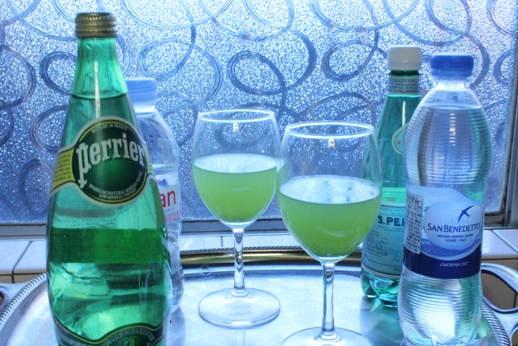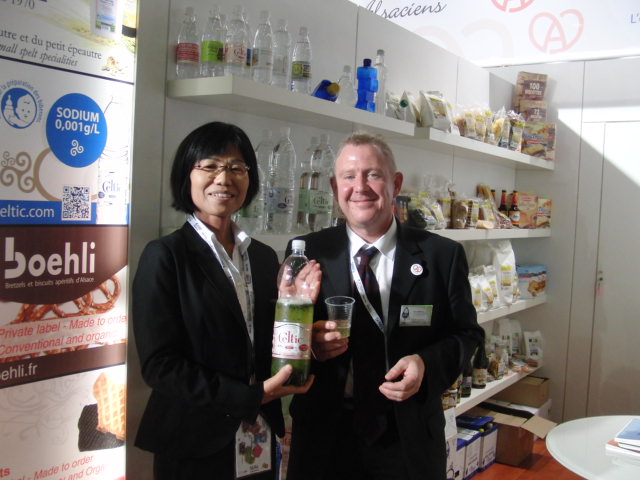Le Blend est un assemblage délicat de feuilles de différentes provenances : produites dans différents champs d’un même producteur, ou bien produites par différents producteurs, dans une même région, ou encore dans différentes régions. À travers les Blends, le maître de thé cherche à reproduire un thé offrant des caractéristiques identiques, ou le plus proche possible, au fil des années et des saisons, malgré les diverses variations, notamment climatiques, qui façonnent les productions annuelles. L’objectif étant d’une part d’élaborer des thés qui correspondent le plus fidèlement possible aux goûts et aux attentes de notre clientèle, et d’autre part, de maintenir tout au long de l’année des thés d’un même rang. Le Blend est également un mode d’innovation, une véritable alchimie à travers laquelle on peut expérimenter de nouveaux accords.
Attention cependant à ne pas confondre Blend et thé aromatisé. Tous nos thés, y compris les Blends, sont composés uniquement de feuilles de thé (exception faite du Genmaicha), et appartiennent à la catégorie dite des « thés d’origine » (traçabilité des régions et des producteurs garantie).
 あれやこれや沢山のチーズを迷ったあげく、①St Nicolas(chèvre:やぎのチーズ)②Ginesterie ( Brebis雌羊のチーズ)③Le Bleu de Séverac (Blue:青かびチーズ)の3種類を、マルシェのチーズ屋さんのお兄さんに、お茶と合わせたいのだけど、と言ってお勧めのチーズを選んで頂きました。
あれやこれや沢山のチーズを迷ったあげく、①St Nicolas(chèvre:やぎのチーズ)②Ginesterie ( Brebis雌羊のチーズ)③Le Bleu de Séverac (Blue:青かびチーズ)の3種類を、マルシェのチーズ屋さんのお兄さんに、お茶と合わせたいのだけど、と言ってお勧めのチーズを選んで頂きました。

